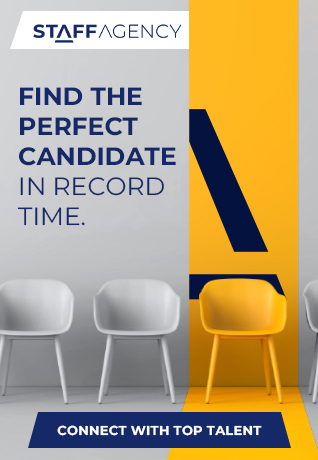The DISC assessment has become an increasingly popular tool for organizations looking to optimize their hiring processes. By understanding an individual’s behavioral traits and preferences, employers can make better-informed decisions about candidate fit, ultimately leading to increased productivity and a more cohesive work environment. In this article, we will explore the DISC hiring method, its four key steps, what employers seek in a DISC assessment, the usefulness of the DISC profile for hiring, and the four DISC personality types.
What is the DISC Hiring Method?
The DISC hiring method is an approach that leverages the DISC assessment, a psychometric test that measures an individual’s behavioral style, preferences, and tendencies. The method is rooted in the belief that understanding a candidate’s inherent behavioral traits can help employers make better decisions about job fit, team dynamics, and overall organizational success.
The Four Steps to Hiring Using the DISC Assessment
1. Define the Position and Identify Key Behavioral Traits
Before administering the DISC assessment, it’s essential to clearly define the position and identify the key behavioral traits necessary for success. Consider the job’s demands, work environment, team dynamics, and organizational culture.
2. Administer the DISC Assessment:
Have candidates complete the DISC assessment during the interview process. This will provide insight into their natural behavioral styles and preferences, offering valuable information about how they may perform in the position.
3. Evaluate and Compare Results:
Analyze the DISC assessment results, comparing them to the desired behavioral traits for the position. Look for alignment between the candidate’s profile and the job requirements to gauge their potential fit within the role.
4. Make Informed Hiring Decisions:
Use the DISC assessment results, along with other relevant factors, such as experience, skills, and cultural fit, to make well-rounded hiring decisions. Remember, the DISC assessment is only one component of the hiring process and should be considered in conjunction with other factors.
What Employers Look for in a DISC Assessment
Employers typically look for several key factors in a DISC assessment, including:
- Alignment with the desired behavioral traits for the position.
- Complementary traits that contribute to team dynamics and organizational culture.
- Potential growth areas or challenges that may require additional support or coaching.
Is the DISC Profile Useful for Hiring?
Yes, the DISC profile can be incredibly useful for hiring. When used correctly, it can provide valuable insights into a candidate’s natural behavioral style and preferences, helping employers make more informed decisions about job fit and team dynamics. However, it’s essential to remember that the DISC assessment should be used as one piece of the hiring puzzle, and not as a standalone determinant of a candidate’s suitability for a position.
The Four DISC Personality Types
The DISC assessment categorizes individuals into four primary personality types:
- Dominance (D): Individuals with a high D score are assertive, ambitious, and results-oriented. They thrive in leadership roles and excel at making quick decisions.
- Influence (I): Those with a high I score are outgoing, enthusiastic, and social. They excel at building relationships, networking, and persuading others.
- Steadiness (S): Individuals with a high S score are dependable, patient, and supportive. They excel in roles that require consistency, attention to detail, and cooperation.
- Conscientiousness (C): Those with a high C score are analytical, detail-oriented, and organized. They excel in roles requiring precision, accuracy, and adherence to established rules or procedures.
The DISC assessment can be a valuable tool in the hiring process, providing insights into a candidate’s natural behavioral style and preferences. By understanding these traits, employers can make better decisions about job fit, team dynamics, and overall organizational success. However, it’s essential to remember that the DISC assessment should be used in conjunction with other factors, such as experience, skills, and cultural fit, to make well-rounded hiring decisions.
When implemented effectively, the DISC hiring method can lead to increased productivity, better team cohesion, and a more harmonious work environment. By defining the position, administering the assessment, evaluating results, and making informed hiring decisions, organizations can leverage the power of the DISC assessment to optimize their hiring processes and ultimately enhance their overall success.




